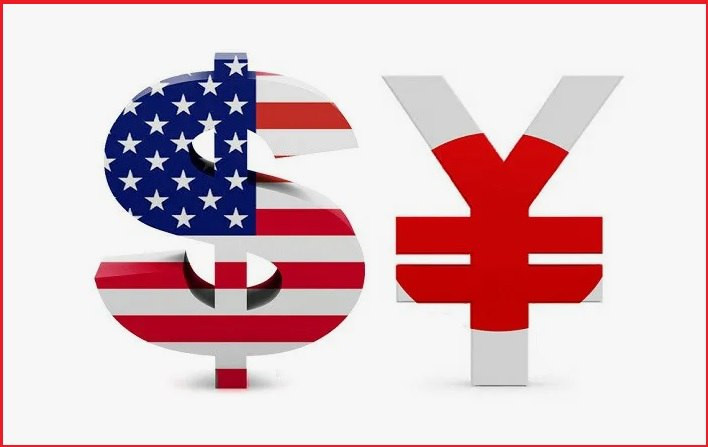Lihat juga


 18.08.2025 01:12 PM
18.08.2025 01:12 PMAt the start of the week, geopolitics remain in the spotlight. The meeting between U.S. President Donald Trump and Russian leader Vladimir Putin in Alaska, despite the lack of major breakthroughs, helped reduce geopolitical risks and supported overall risk sentiment. Trump stated that Ukrainian President Volodymyr Zelensky could, if he wished, practically end the conflict with Russia immediately. The upcoming bilateral meeting between Trump and Zelensky, followed later by the participation of European leaders in broader talks, strengthens hopes for progress toward resolving the conflict.
These developments pressure safe-haven assets, leading in particular to selling of the Japanese yen. Domestic political uncertainty in Japan following the ruling Liberal Democratic Party's defeat in the upper house elections, as well as concerns over the negative economic effects of U.S. tariffs, create additional obstacles to an imminent Bank of Japan rate hike.
Nevertheless, data published on Friday showed that Japan's economy grew faster than expected in the second quarter despite external and domestic headwinds. This growth, along with the Bank of Japan's upward revision of its inflation forecast, keeps alive the possibility of rate hikes before the end of the year. Overall, the situation remains tense, but strong macroeconomic indicators and easing geopolitical tensions provide grounds for possible adjustments in the BoJ's monetary policy in the near future.
At the same time, markets are pricing in about an 85% chance that the Federal Reserve will cut interest rates at its September monetary policy meeting. Moreover, expectations suggest the U.S. central bank will deliver at least two 25-basis-point cuts in 2025.
For now, traders are advised to refrain from opening aggressive positions and wait for the release of the FOMC meeting minutes on Wednesday. Fed Chair Jerome Powell's speech at the Jackson Hole symposium will serve as a signal for potential rate cuts, giving USD/JPY a directional impulse.
From a technical perspective, oscillators on the daily chart are mixed, while the Relative Strength Index is negative, indicating that the pair lacks the strength to rise. The USD/JPY pair has found support at the 100-day SMA around the psychological level of 147.00. A break below it would leave buyers without strength. However, a move above the psychological level of 148.00 would quickly open the way toward 148.50, with the pair likely to test the 149.00 psychological level.
You have already liked this post today
* Analisis pasaran yang disiarkan di sini adalah bertujuan untuk meningkatkan kesedaran anda, tetapi tidak untuk memberi arahan untuk membuat perdagangan.

